Accelerate discovery with AI tools for data analysis. From literature review to experiment design, enhance your research workflow.
Perplexity
785 upvotes
28 Free Options
Start without paying
183+ Tools
Growing daily
Our community's top-rated scientific research solutions with 1,784 combined upvotes from real users
Perplexity is an AI-powered answer engine that delivers real-time, source-cited responses by combining advanced language models with live web search. It features Deep Research for comprehensive reports, Copilot for guided exploration, specialized focus modes (e.g. Academic, News, YouTube), multimodal content processing (text, documents, file uploads), collaborative Spaces for project organization, and is accessible via web and apps. Both free and premium subscription plans support individuals and enterprises.
Key Features
DeepSeek is a Chinese artificial intelligence company based in Hangzhou, known for developing advanced large language models such as DeepSeek-R1 and DeepSeek-V3.2-Exp. The company focuses on open-weight AI models that emphasize efficiency, reasoning, multilingual understanding, code generation, and cost-effective training—often under hardware constraints. DeepSeek provides models openly to the developer community but does not prioritize immediate commercialization or broad enterprise solutions. Their technology is accessible via web, app, and API, and is recognized for rapid innovation, research excellence, and competitive performance compared to global leaders.
Key Features
Google Cloud Vertex AI is a unified, fully managed platform for developing, deploying, and scaling generative AI and machine learning solutions. It offers access to 200+ proprietary, third-party, and open-source models (including Gemini, Imagen, Veo, Chirp, Lyria, and Gemma), Vertex AI Studio, Agent Builder, agent marketplaces, and advanced infrastructure (GPU, TPU, custom chips). The platform features Model Garden, model extensions for real-time data and actions, rich tuning options, robust security, and seamless enterprise integration—enabling multi-modal AI (text, image, video, audio, code) at scale.
Key Features
Want a detailed comparison?
Compare all features, pricing, and reviews side-by-side
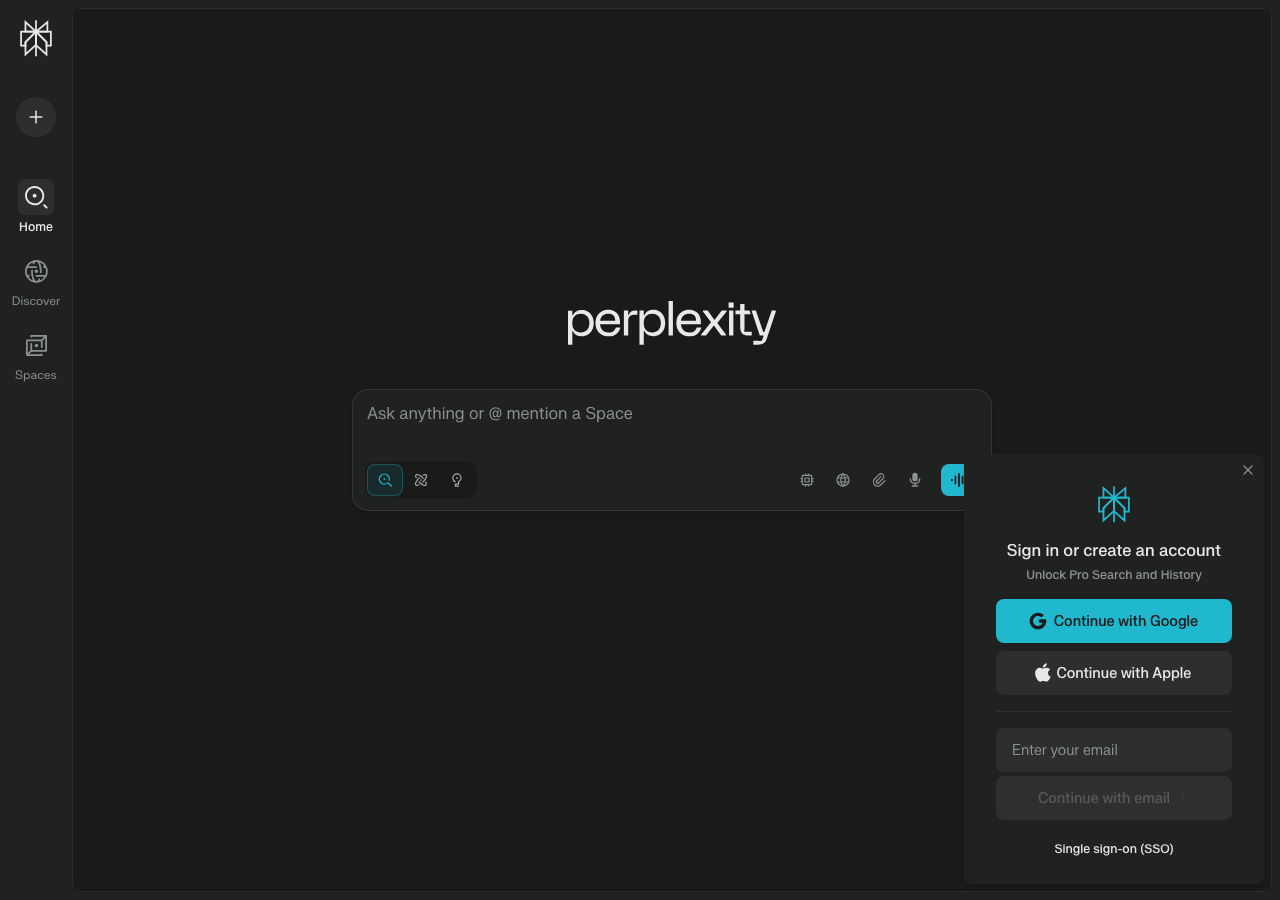
Accurate answers, powered by AI.

Open-weight, efficient AI models for advanced reasoning and research.

Unified AI and cloud for every enterprise: models, agents, infrastructure, and scale.

Your trusted AI collaborator for coding, research, productivity, and enterprise challenges

Start building with Gemini: the fastest way to experiment and create with Google's latest AI models.

Democratizing good machine learning, one commit at a time.
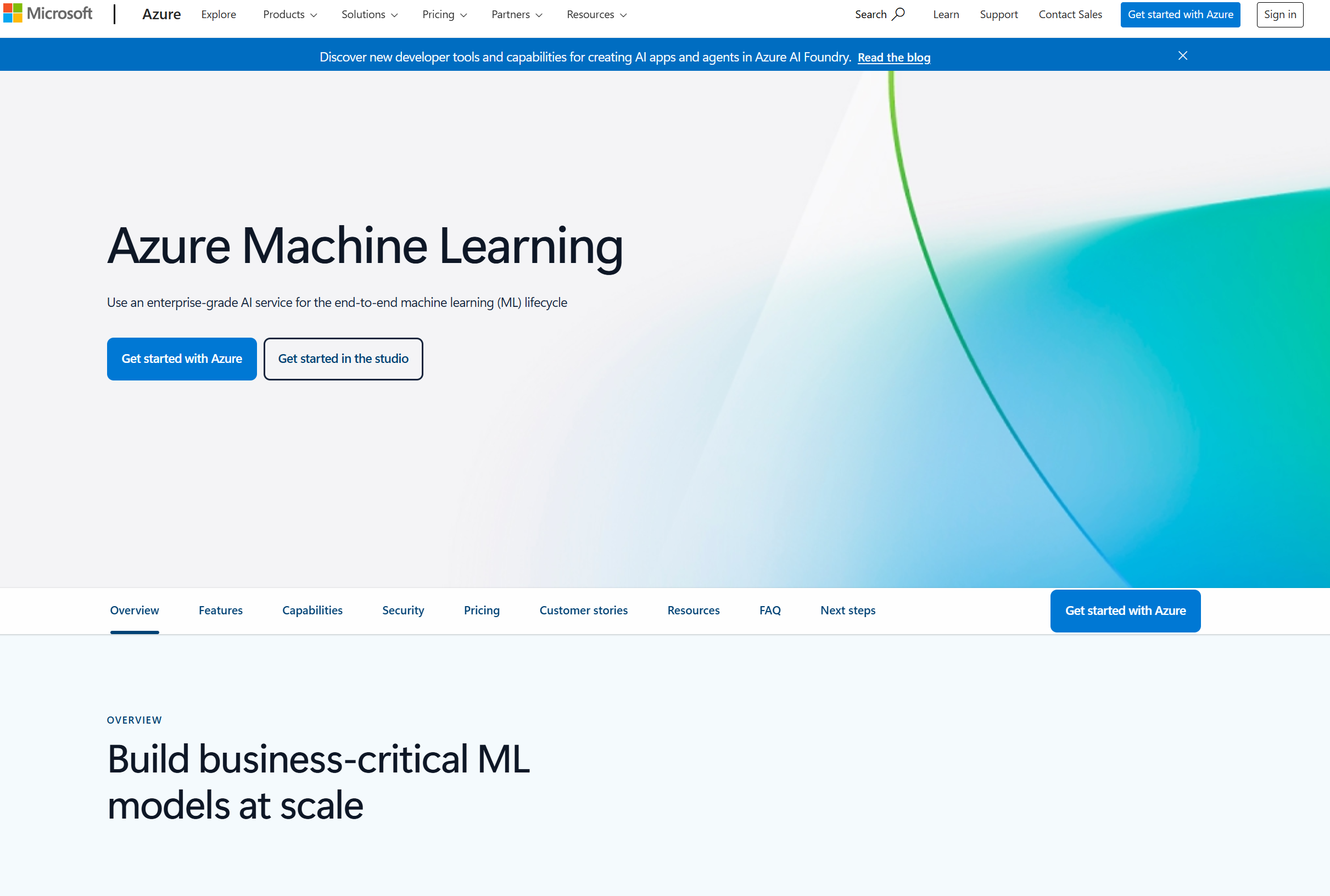
Enterprise-grade AI for the entire machine learning lifecycle
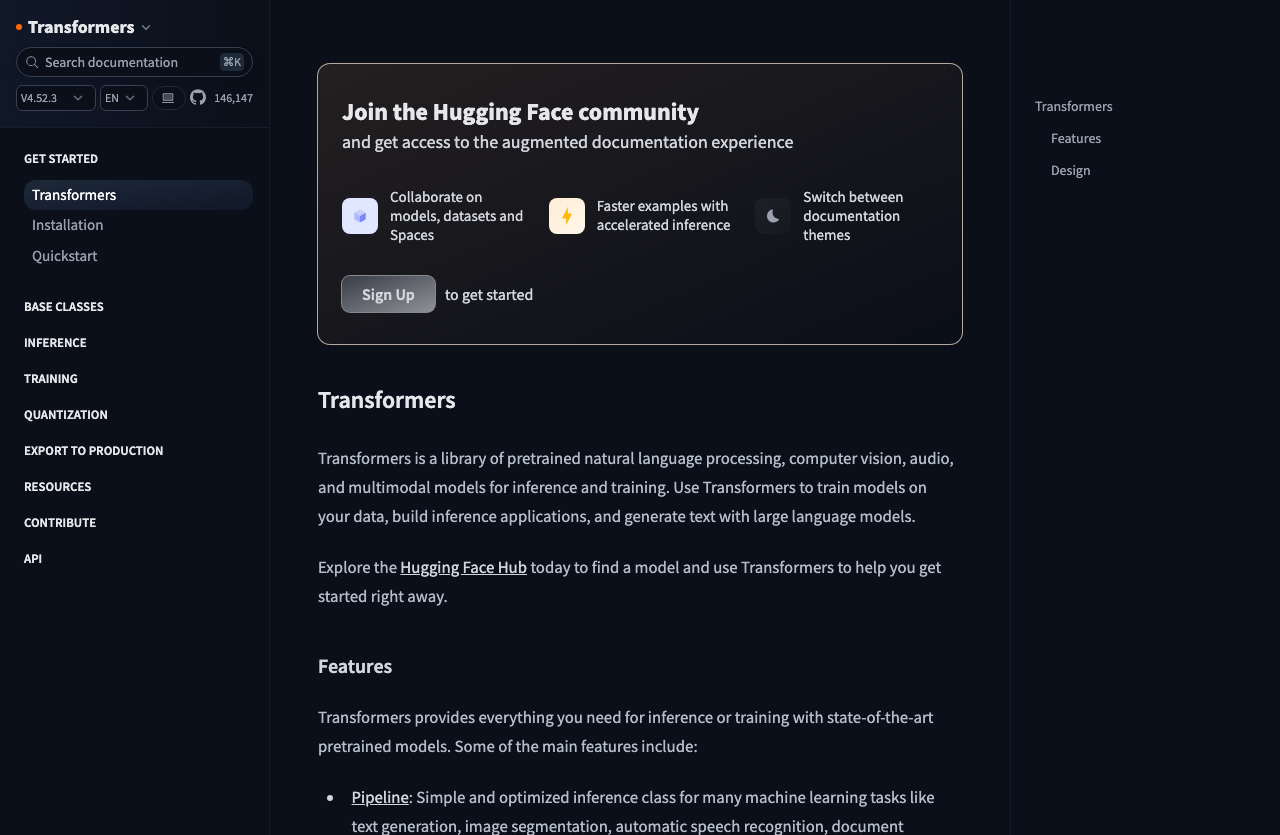
Models for text, vision, audio, and beyond—state-of-the-art AI for everyone.

Unlock a world of knowledge
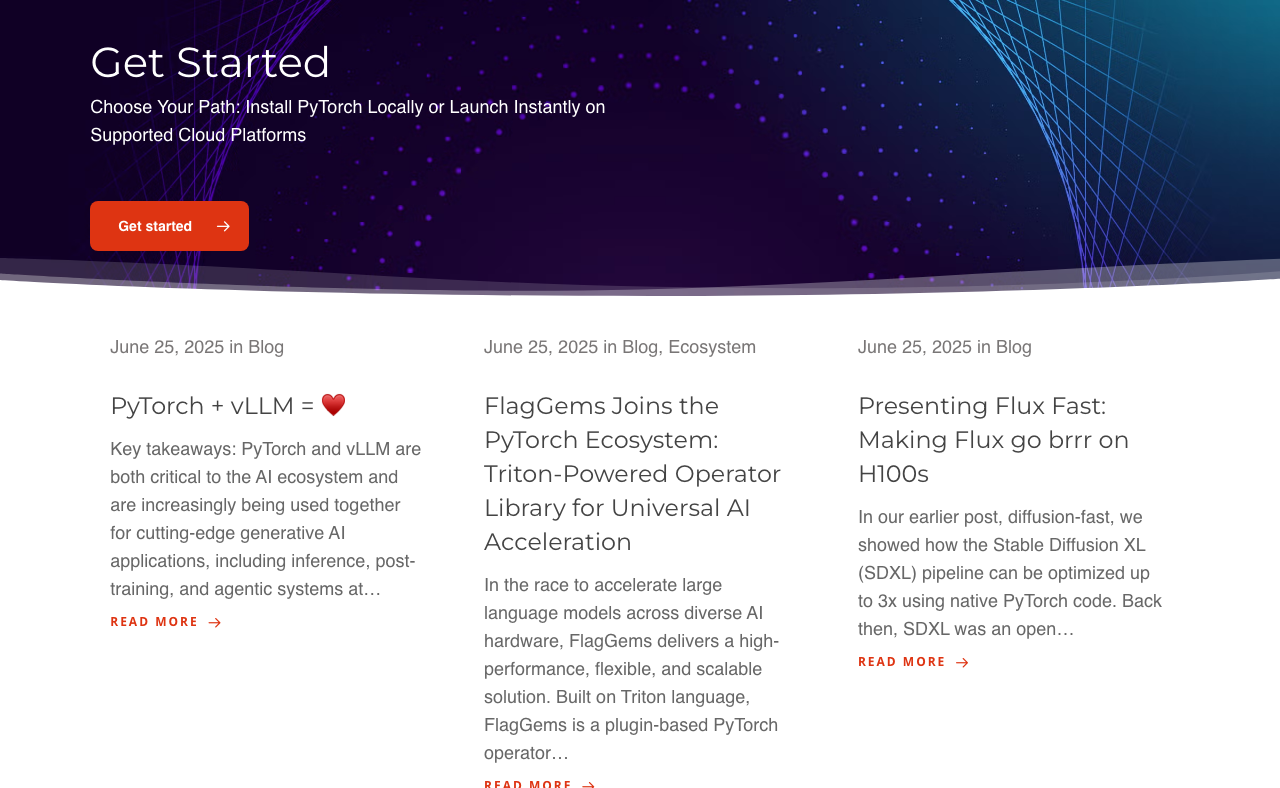
Flexible, Fast, and Open Deep Learning

Agentic intelligence for your complex tasks
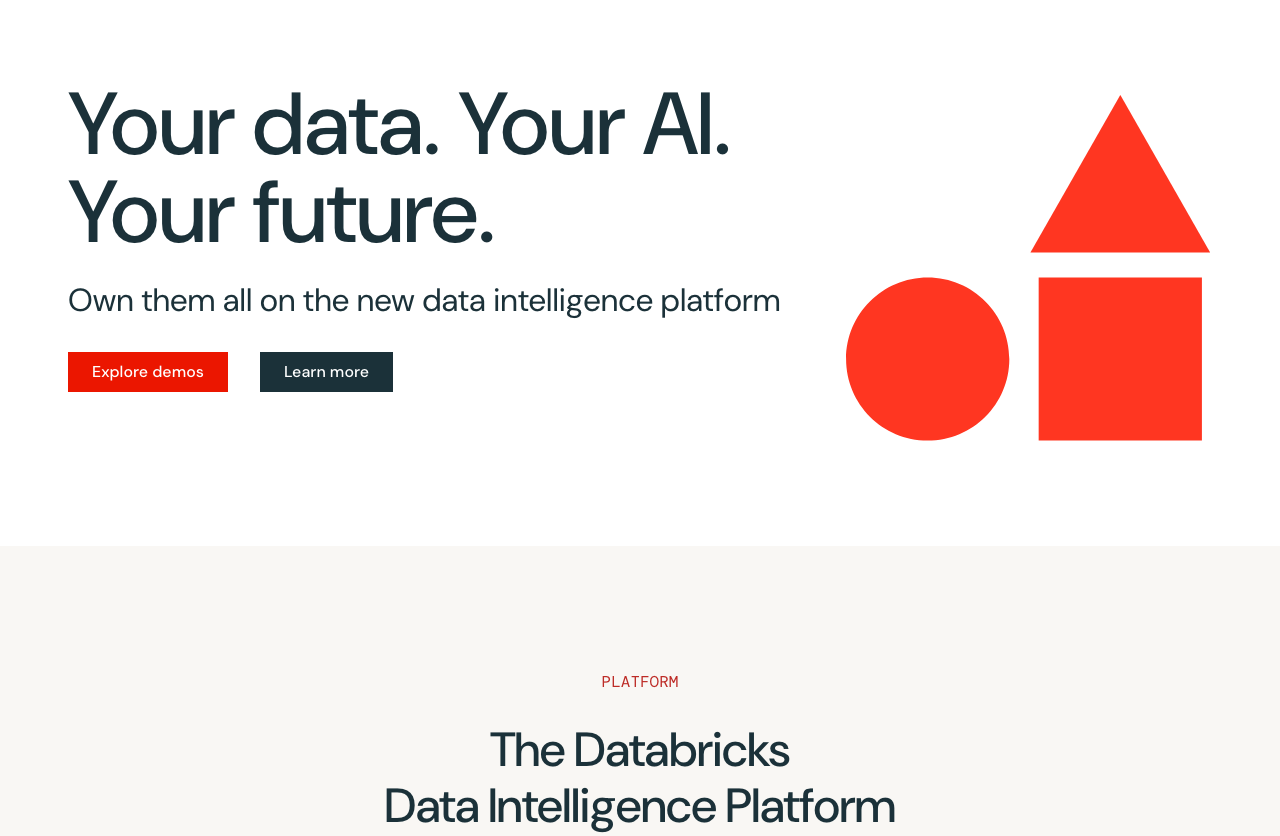
The Data and AI Company
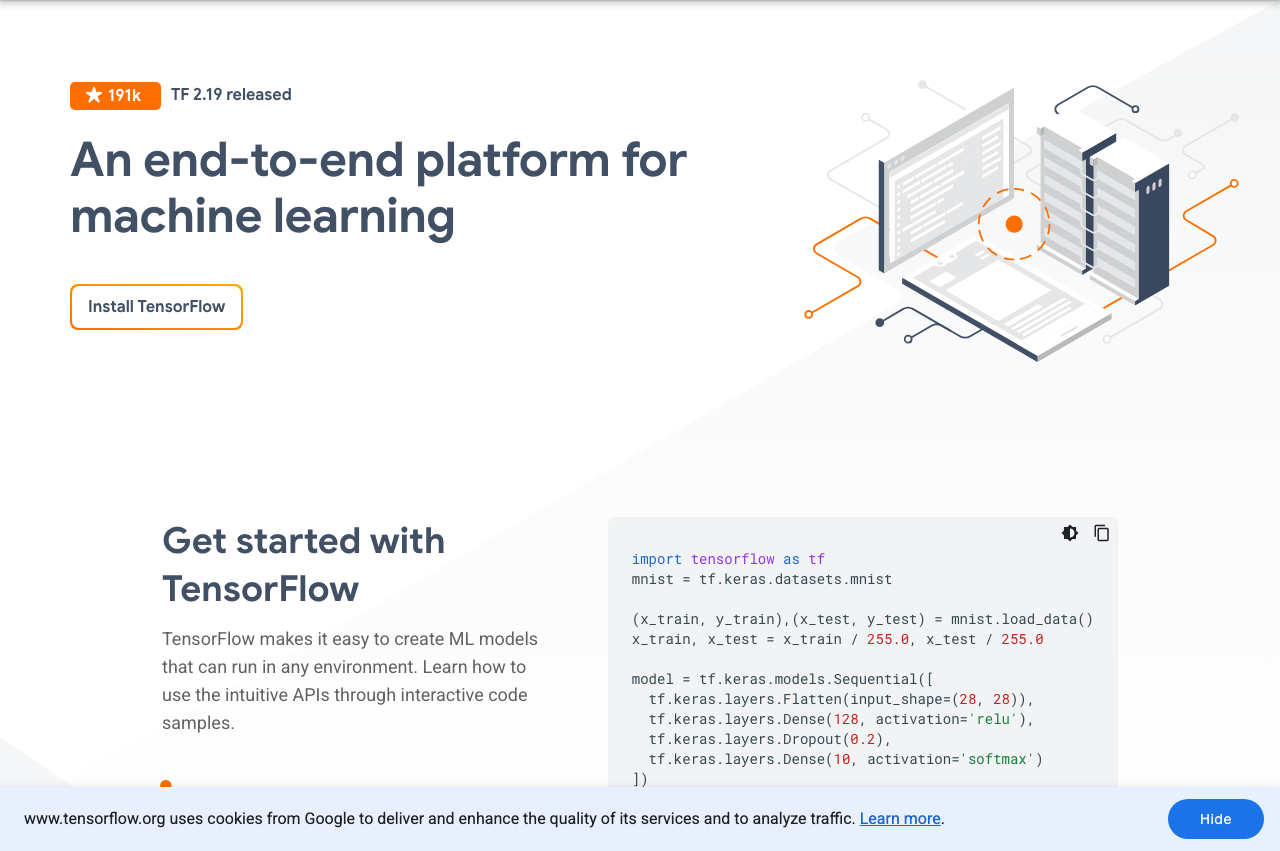
An end-to-end open source platform for machine learning by everyone, for everyone.
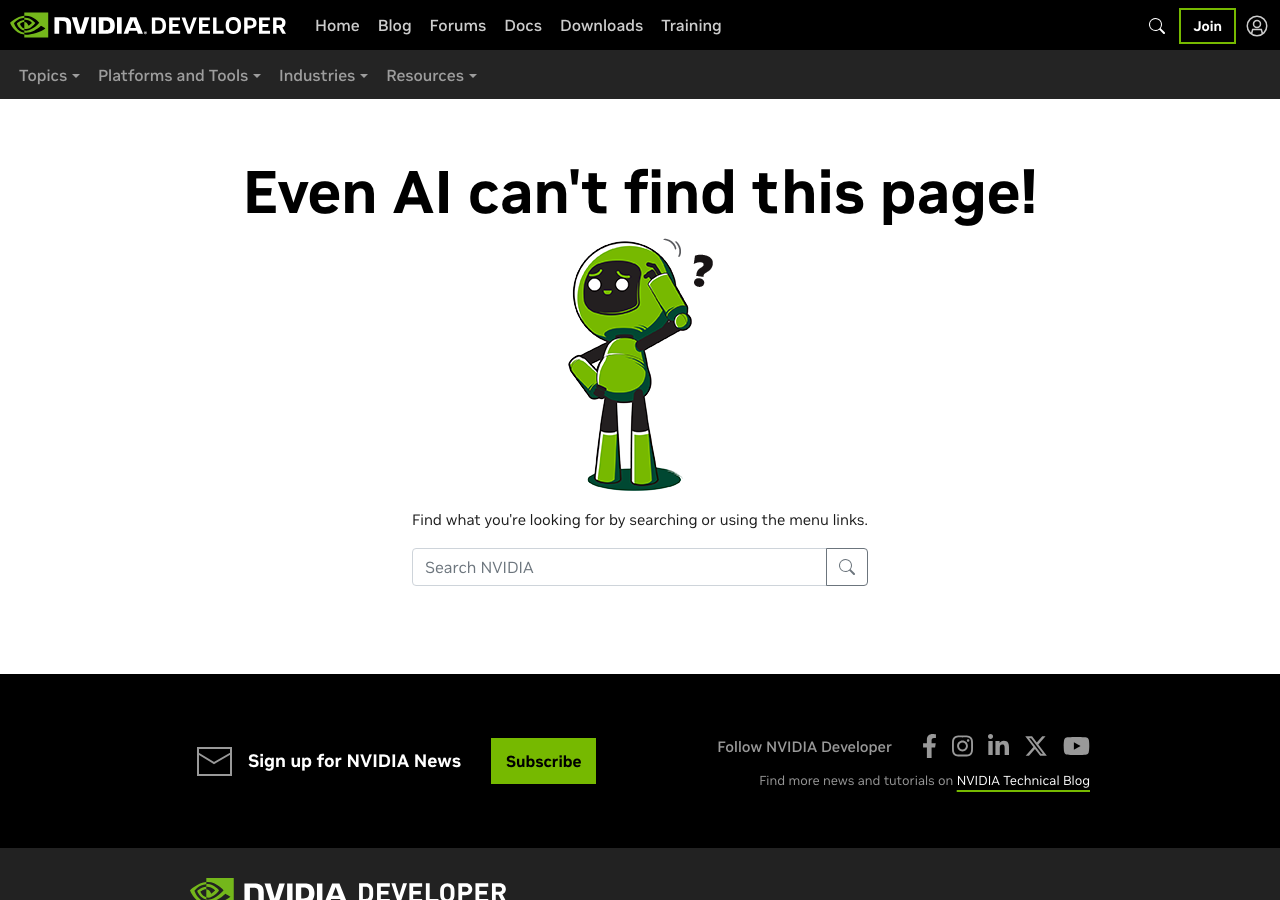
Develop AI anywhere

Quality data. From real people. For faster breakthroughs.
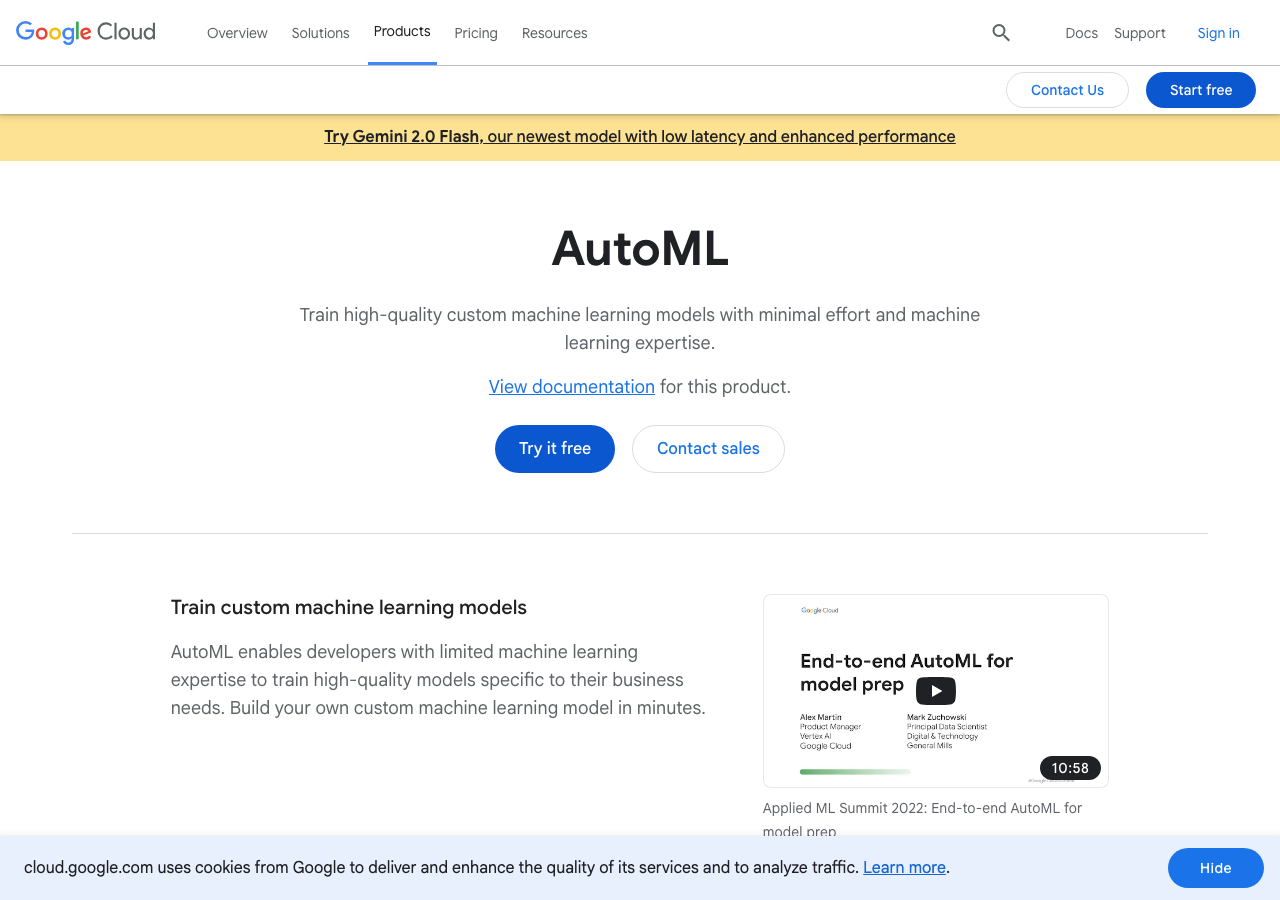
Build, train, and deploy custom ML and generative AI models on Google Cloud—no expertise required.

Hybrid reasoning for instant answers or deep analysis.
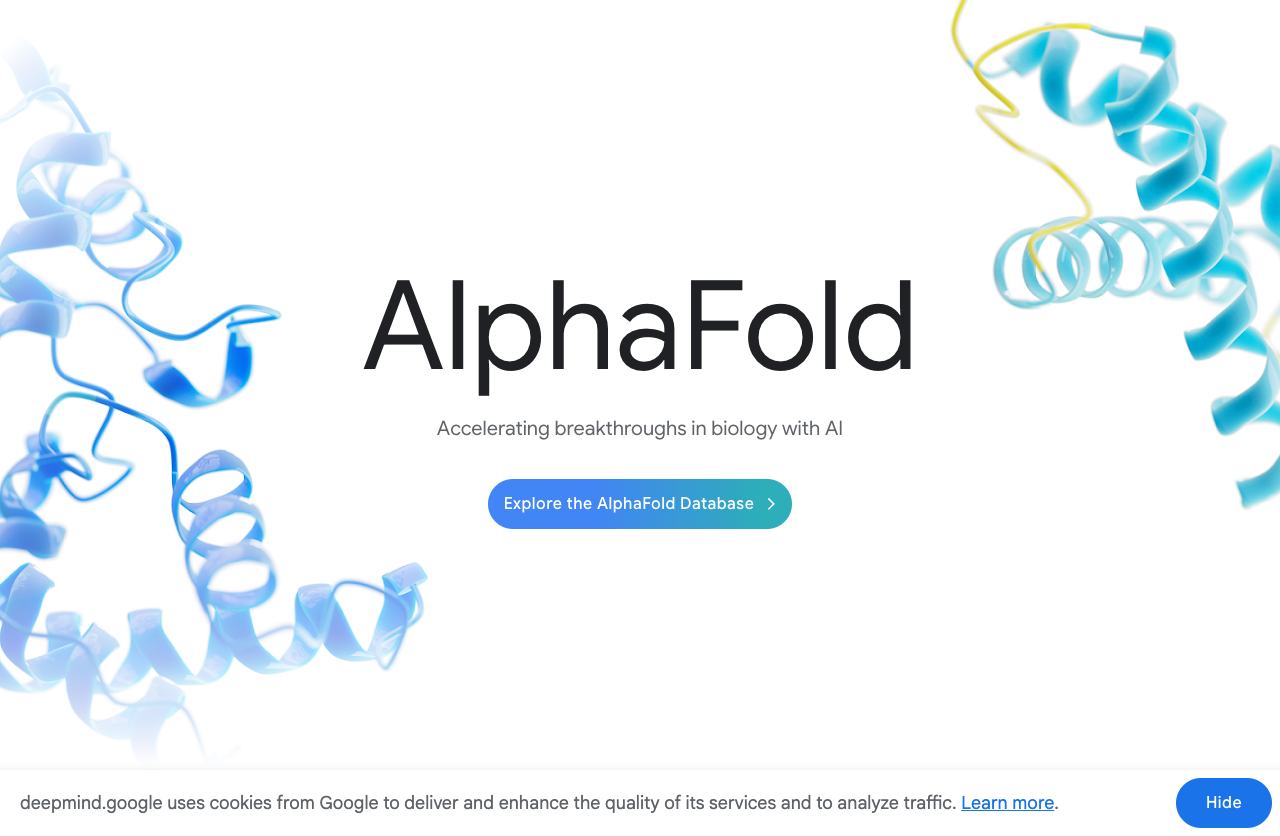
Deciphering the language of proteins to unlock the mysteries of life.

Making the world's knowledge computable

Empowering educators with AI

Unlocking the power of AI to advance scientific research
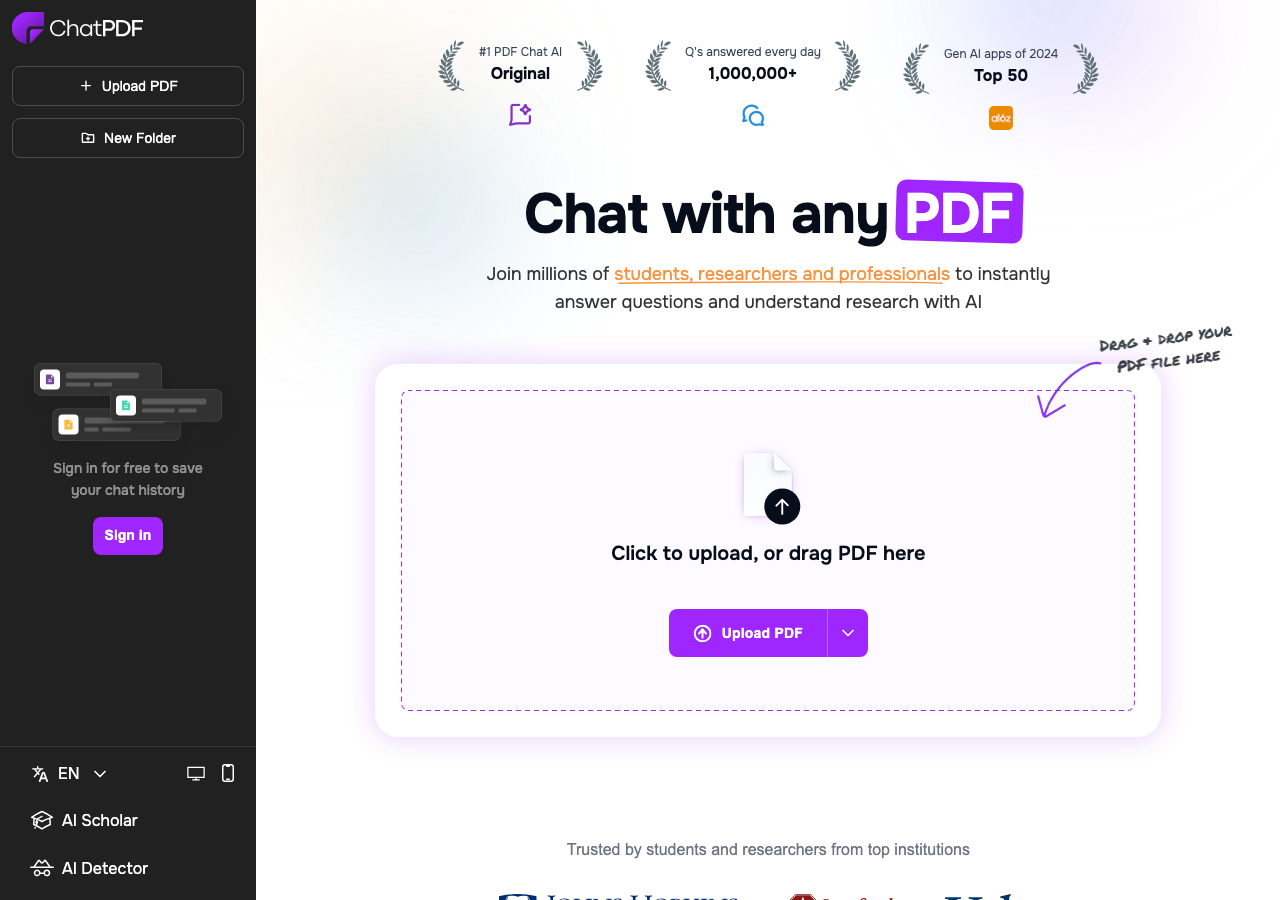
Chat with any PDF – Instantly understand, organize, and analyze your documents.

A*/A guaranteed or your money back

The World's First AI Super Assistant for Professionals and Enterprises
Scroll down to explore more scientific research tools
Research and science AI tools accelerate scientific discovery by analyzing data, generating hypotheses, and assisting with literature review. With 183 research tools available, you can analyze experimental data, review literature, design experiments, write research papers, and discover insights faster. These tools leverage AI to understand scientific concepts, identify patterns in data, suggest experimental designs, and synthesize information from vast research databases, enabling researchers to focus on high-level thinking while AI handles routine analysis.
Research AI tools significantly accelerate scientific workflows by automating literature review, data analysis, and hypothesis generation. They excel at processing large datasets, identifying patterns, and synthesizing information from multiple sources. These tools are ideal for researchers seeking to accelerate discovery, reduce manual analysis time, and explore connections across disciplines. Modern research AI can understand scientific terminology, identify relevant papers, and suggest experimental approaches based on existing research.
Common use cases include literature review and paper discovery, experimental data analysis and pattern identification, hypothesis generation and research design, research paper writing and formatting, citation management and bibliography generation, and cross-disciplinary research discovery. These tools are particularly valuable when working with large datasets, reviewing extensive literature, or exploring interdisciplinary connections.
Compared to traditional research databases, AI tools offer intelligent search and synthesis capabilities. Unlike generic search engines, research AI understands scientific context and terminology. Compared to manual analysis, AI tools provide speed and pattern detection but require human interpretation. For most researchers, research AI provides the best balance of capability, speed, and accuracy, especially when combined with domain expertise and critical thinking.
Related Categories:
Begin by identifying your research questions and data sources. Choose tools that integrate with your preferred databases and citation managers. Start with literature review features to understand available research. Use data analysis features to identify patterns and insights. Test hypothesis generation features but validate with domain expertise. Many tools offer free tiers for academic use. For best results, combine AI insights with scientific rigor and peer review.
Tools in Scientific Research help you accelerate workflows, improve quality, and unlock new use cases. They make sense when the time saved or quality gains outweigh the cost and learning curve, and when they integrate cleanly with your existing stack and governance requirements.
Use a pragmatic checklist: (1) Must-have features vs nice-to-haves; (2) Total cost at your usage (seats, limits, overages); (3) Integration coverage and API quality; (4) Privacy & compliance (GDPR/DSA, retention, residency); (5) Reliability and SLA; (6) Admin, SSO, and audit; (7) Support and roadmap. Our neutral 1:1 comparisons help weigh these trade-offs.
Yes—many vendors offer free tiers or trials. Check usage limits (credits, throughput), export/API access, watermarks, and rate limits. Validate that the free tier reflects your real workload, and plan upgrade paths to avoid hidden costs or lock-in.
Normalize plans to your usage. Model seats, limits, overages, required add-ons, data retention, and support tiers. Include hidden costs like implementation, training, migration, and potential vendor lock-in. Prefer transparent metering over opaque credits if predictability matters.
Run a structured pilot on a real workflow. Measure quality and latency; verify integrations and API limits; review security (data flow, PII handling), compliance, and data residency; confirm SLA, support response, and roadmap commitments.
Common use cases for scientific research tools include Literature review and paper discovery, Experimental data analysis, Hypothesis generation, and more. These tools excel when you need common use cases include literature review and paper discovery, experimental data analysis and pattern identification, hypothesis generation and research design, research paper writing and formatting, citation management and bibliography generation, and cross-disciplinary research discovery. Evaluate tools based on your specific workflow requirements and integration needs.
Compared to traditional research databases, AI tools offer intelligent search and synthesis capabilities. Unlike generic search engines, research AI understands scientific context and terminology. Com...
Ready to dive deeper into scientific research? This collection of 183 AI tools is just the beginning. Compare top scientific research AI tools side-by-side using our comparison tool to evaluate features, pricing, and integrations. Discover free and paid options in our pricing directory, including free AI tools and freemium plans that let you test before committing. Filter by platform compatibility if you need specific deployment options.
For hands-on guidance, check out our AI Fundamentals course to understand core concepts, or explore Prompt Engineering techniques to get better results from scientific research AI tools. Stay current with the latest developments in our AI News section, where we cover new releases, feature updates, and industry trends affecting scientific research workflows.
Looking for tools tailored to your profession? Browse our audience-specific directories to find scientific research AI tools optimized for developers, content creators, marketers, and other professional roles. Or explore the Top 100 AI Tools collection to see which scientific research solutions are trending in the community.